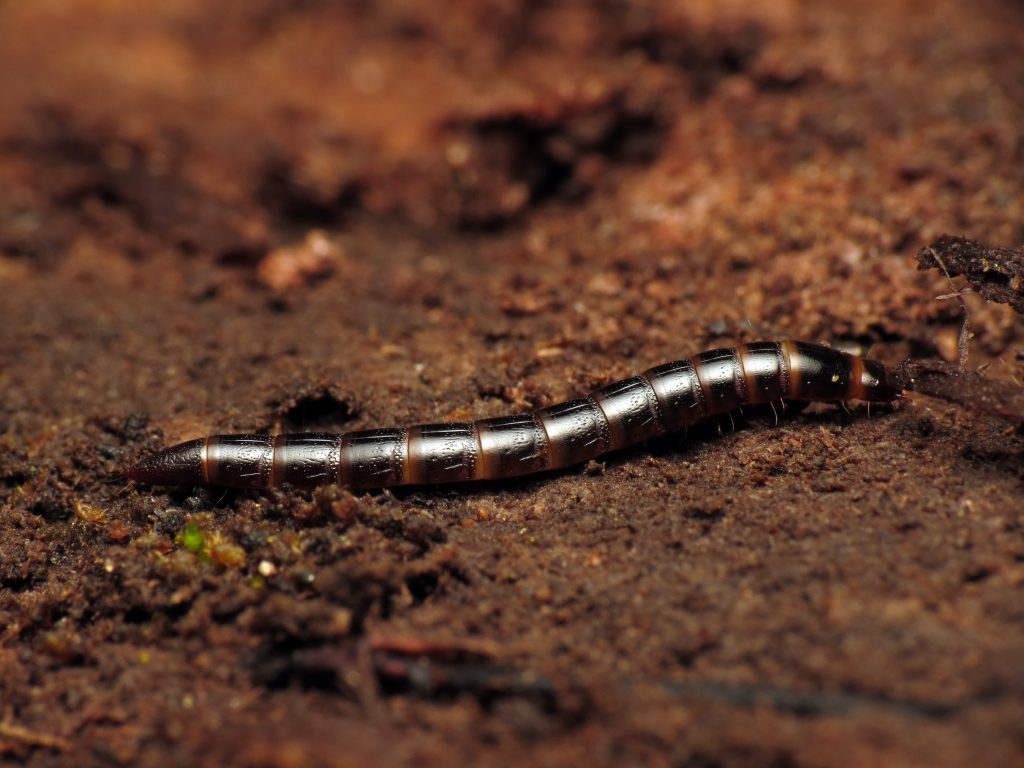Soil insects can be tricky to spot because they can’t be seen, but they can cause major devastation to vegetable crops. Ayanava Majumdar, Extension entomologist with the Alabama Cooperative Extension system, knows that when pests are out of sight, they are sometimes out of mind as well.
Oftentimes, symptoms from soil pests will not appear until planting time. Some soil pests commonly seen in the Southeast are wireworms, cutworms and white grubs.
According to Majumdar, population levels can vary from pest to pest. The best way to find the pests to determine what they are and to get a good idea on population levels is to take a large soil sample and count the number of insects. “Remember you have a camera on your phone these days. So, if you’re confused as to whether you’re looking at a real pest or a beneficial, because there are beneficals in the ground, please take pictures and you can share them with your Extension agent and get them identified,” Majumdar adds.
Growers have a few options as far as management. Using granular insecticides can be effective, and there are several products available. Majumdar says growers need to be patient when using granular insecticides and give them time to activate.
Controlling weeds is another good management tactic. “A lot of these pests are attracted to weeds in or around your production system,” Majumdar explains. “Those weeds become hiding spots for those insects.”
Majumdar says crop rotation and intercropping are also important. When a grower grows the same crop season after season, insect populations tend to build up.
Finally, Majumdar recommends soil tillage to manage these pests. “Doing anything to disturb the soil can expose these pests to nature (and) natural enemies, and they just don’t like disturbance in general,” Majumdar says. He warns that growers need to be gentle when tilling the soil in order to not reduce any organic matter.
Hear Majumdar’s full interview:
Share this Post










